-
 Bitcoin
Bitcoin $117900
-1.56% -
 Ethereum
Ethereum $3572
-3.55% -
 XRP
XRP $3.110
-12.32% -
 Tether USDt
Tether USDt $1.000
0.00% -
 BNB
BNB $759.5
-2.41% -
 Solana
Solana $185.7
-7.50% -
 USDC
USDC $0.9999
0.00% -
 Dogecoin
Dogecoin $0.2362
-10.19% -
 TRON
TRON $0.3068
-2.19% -
 Cardano
Cardano $0.8019
-9.97% -
 Hyperliquid
Hyperliquid $42.98
-3.85% -
 Stellar
Stellar $0.4152
-11.84% -
 Sui
Sui $3.625
-8.72% -
 Chainlink
Chainlink $17.73
-8.16% -
 Hedera
Hedera $0.2423
-10.80% -
 Bitcoin Cash
Bitcoin Cash $503.8
-2.56% -
 Avalanche
Avalanche $23.44
-6.92% -
 Litecoin
Litecoin $110.1
-5.41% -
 UNUS SED LEO
UNUS SED LEO $8.962
-0.05% -
 Shiba Inu
Shiba Inu $0.00001360
-10.48% -
 Toncoin
Toncoin $3.118
-8.11% -
 Ethena USDe
Ethena USDe $1.001
-0.02% -
 Polkadot
Polkadot $4.061
-8.21% -
 Uniswap
Uniswap $9.902
-6.23% -
 Monero
Monero $313.2
-2.04% -
 Bitget Token
Bitget Token $4.650
-3.37% -
 Dai
Dai $0.0000
0.02% -
 Pepe
Pepe $0.00001246
-9.74% -
 Aave
Aave $286.4
-5.91% -
 Bittensor
Bittensor $416.2
-5.65%
How to interpret the repeated golden cross and dead cross of KDJ near 50?
When the KDJ indicator shows repeated golden and dead crosses near the 50 level, it signals market indecision, often seen in sideways crypto markets like Bitcoin or Ethereum.
Jun 29, 2025 at 08:57 am
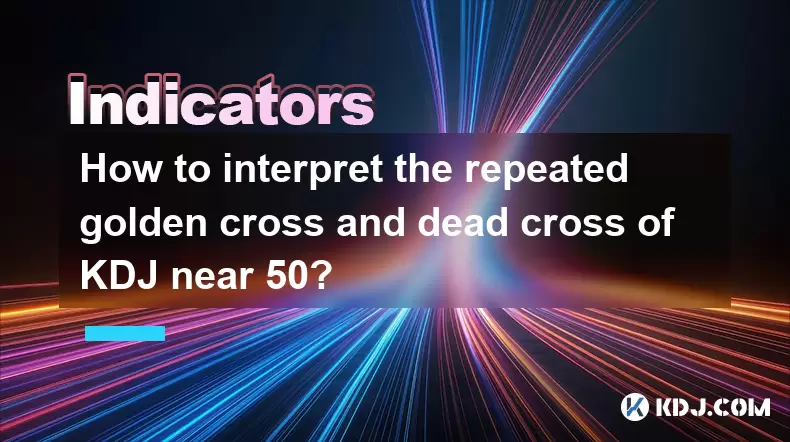
Understanding the KDJ Indicator
The KDJ indicator, also known as the stochastic oscillator, is a momentum-based technical analysis tool widely used in cryptocurrency trading. It consists of three lines: the %K line (fast stochastic), the %D line (slow signal line), and the %J line (divergence value). These values typically oscillate between 0 and 100, with levels above 80 considered overbought and below 20 considered oversold.
In the context of cryptocurrencies like Bitcoin or Ethereum, where price volatility is high, interpreting KDJ signals becomes crucial for traders. When both the golden cross and dead cross occur repeatedly near the 50 level, it indicates a state of market indecision rather than a clear trend.
What Is a Golden Cross in KDJ?
A golden cross occurs when the %K line crosses above the %D line from below, suggesting that short-term momentum is turning bullish. This is often interpreted as a buy signal by traders. In crypto markets, this can happen during consolidation phases or at potential reversal points after a downtrend.
However, when this happens repeatedly near the 50 level, it suggests that buyers are attempting to push prices higher but are not gaining enough strength to establish a sustainable uptrend. Traders should be cautious and not assume that each golden cross will result in a significant upward movement.
What Is a Dead Cross in KDJ?
Conversely, a dead cross occurs when the %K line crosses below the %D line from above, signaling bearish momentum. This is generally viewed as a sell signal. In the volatile world of cryptocurrencies, such crosses can trigger panic selling or shorting behavior among traders.
When this happens frequently around the 50 level, it implies that sellers are stepping in each time the price attempts to rise, leading to a sideways or choppy market condition. This pattern may indicate that neither bulls nor bears have control, and the market is likely in a range-bound phase.
Why Do Repeated Crosses Near 50 Happen?
Repeated golden and dead crosses near the 50 level often reflect market equilibrium—a balance between buying and selling pressure. Here are some possible reasons:
- Lack of strong directional bias: Crypto markets may lack a clear trend due to low volume or absence of major news events.
- Consolidation phase: The asset could be consolidating after a significant move, with traders waiting for a breakout.
- Whipsaw conditions: Tight price ranges can lead to frequent crossovers, misleading traders into false entries.
- Algorithmic trading: Automated systems may react quickly to minor price shifts, causing rapid reversals.
In such scenarios, relying solely on KDJ may not provide reliable signals, and additional tools like volume indicators or moving averages should be used for confirmation.
How to Trade When Repeated Crosses Occur Around 50?
Trading strategies must adapt when facing repeated KDJ crosses near the midpoint. Here’s how traders can approach such situations:
- Avoid blind trades: Do not enter positions based only on golden or dead crosses without confirming with other indicators.
- Use support and resistance levels: Identify key price zones where the market has reacted previously and wait for confluence with KDJ signals.
- Monitor volume: A surge in volume accompanying a cross may suggest stronger conviction behind the move.
- Combine with moving averages: If the price is above the 50-period moving average and a golden cross forms, it might offer a better buy opportunity.
- Set tight stop losses: Given the choppy nature of such conditions, manage risk carefully to avoid being whipsawed.
These steps help filter out false signals and improve the probability of successful trades.
Real-World Example in Cryptocurrency Charts
Consider a scenario involving Ethereum (ETH) during a sideways period. On the daily chart, you notice multiple instances where the %K line crosses %D near the 50 level. Each golden cross seems promising, but the price barely moves up before reversing. Similarly, each dead cross triggers a small drop, only to rebound shortly afterward.
This behavior highlights the indecisiveness of the market participants. Traders who acted on every crossover would likely face drawdowns due to transaction costs and false breakouts. However, those who waited for a breakout above resistance or a spike in volume could have captured meaningful moves once the real trend began.
Frequently Asked Questions
Q: Can KDJ be used effectively in isolation?
A: While KDJ provides useful momentum insights, especially in range-bound markets, using it alone can lead to misleading signals. Combining it with tools like MACD, RSI, or Bollinger Bands enhances accuracy.
Q: What time frame is best for analyzing KDJ crosses near 50?
A: Short-term traders often use 1-hour or 4-hour charts for more responsive signals, while swing traders prefer daily charts for broader context. Choose a time frame aligned with your trading strategy.
Q: How do I differentiate between a genuine cross and a false one?
A: Look for confirmation through candlestick patterns, increased volume, or alignment with key support/resistance levels. Avoid entering immediately after a cross unless there's additional evidence.
Q: Are KDJ settings adjustable for different cryptocurrencies?
A: Yes, default settings are usually set at 9 periods, but traders can adjust them based on the asset’s volatility. For highly volatile cryptos like Solana or Dogecoin, shorter periods may capture faster swings, while longer periods smooth out noise in less volatile assets.
Disclaimer:info@kdj.com
The information provided is not trading advice. kdj.com does not assume any responsibility for any investments made based on the information provided in this article. Cryptocurrencies are highly volatile and it is highly recommended that you invest with caution after thorough research!
If you believe that the content used on this website infringes your copyright, please contact us immediately (info@kdj.com) and we will delete it promptly.
- Dogecoin's Resistance Retest: Parabolic Move on the Horizon?
- 2025-07-24 04:50:13
- BlockDAG, Dogecoin, and the $350M Presale Frenzy: What's Hot Now?
- 2025-07-24 04:50:13
- Crypto for the Clueless: Understanding Digital Assets for Non-Investors
- 2025-07-24 04:30:12
- Ethereum Meme Coin Presales: Pepeto & LilPepe Lead the Charge!
- 2025-07-24 04:35:12
- Chainlink (LINK) Price Breakout: Bullish Signals and Tokenization Trends
- 2025-07-24 02:50:12
- Chasing 1000x Gains: Your Summer Crypto Investment Guide
- 2025-07-24 02:50:12
Related knowledge
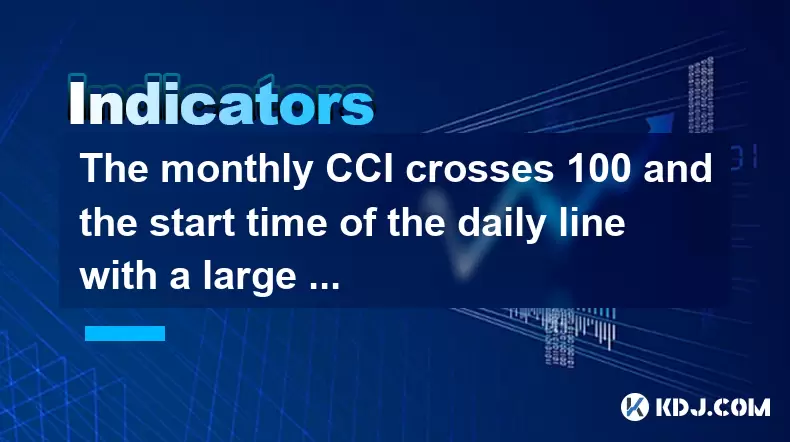
The monthly CCI crosses 100 and the start time of the daily line with a large volume positive line
Jul 24,2025 at 03:56am
Understanding the Monthly CCI Indicator and Its Significance at 100The Commodity Channel Index (CCI) is a momentum-based oscillator used to identify o...
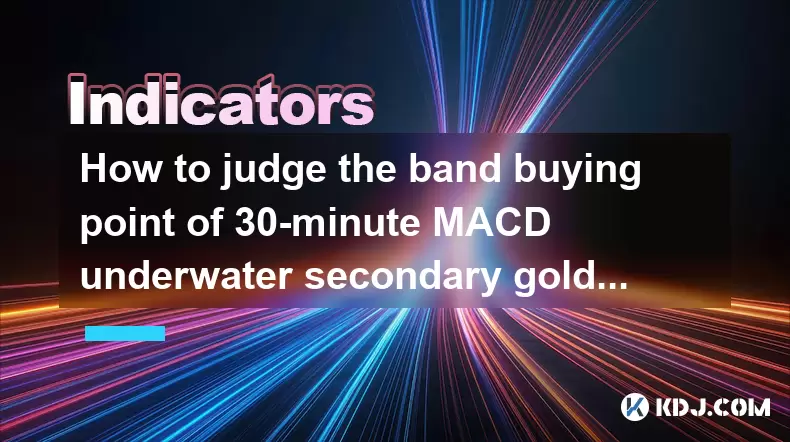
How to judge the band buying point of 30-minute MACD underwater secondary golden cross + 1-hour Yang line reverse?
Jul 24,2025 at 03:22am
Understanding the 30-Minute MACD Underwater Secondary Golden CrossThe 30-minute MACD underwater secondary golden cross is a technical signal used by t...
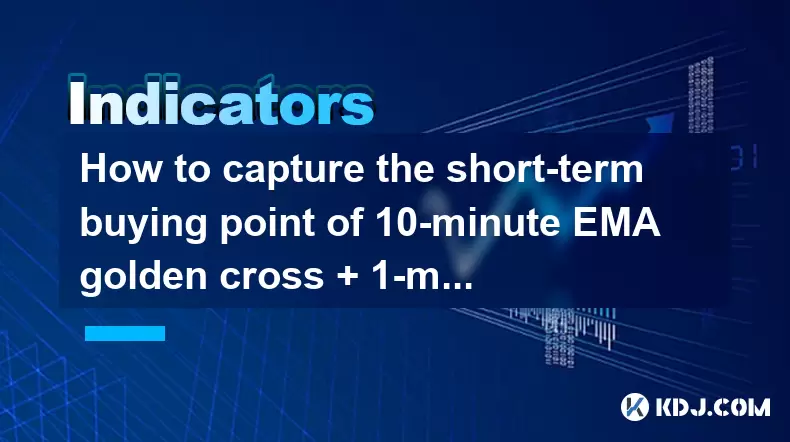
How to capture the short-term buying point of 10-minute EMA golden cross + 1-minute VOL double volume?
Jul 24,2025 at 03:28am
Understanding the Basics of Staking in CryptocurrencyStaking is a fundamental process in many blockchain networks that operate under the Proof-of-Stak...
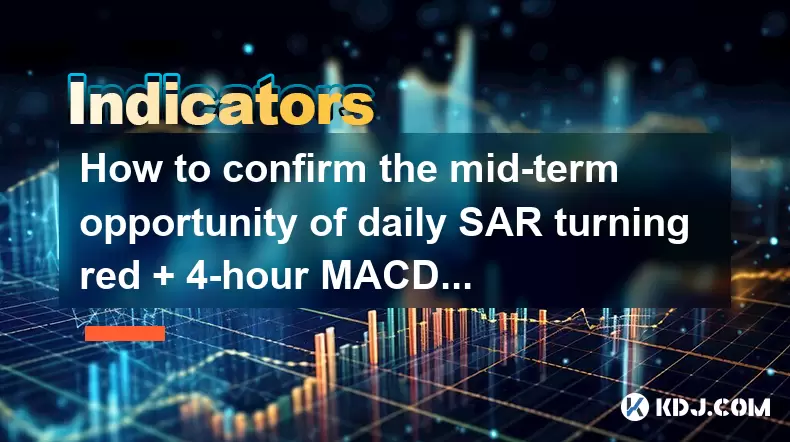
How to confirm the mid-term opportunity of daily SAR turning red + 4-hour MACD water double golden cross?
Jul 24,2025 at 02:56am
Understanding the SAR Indicator and Its Signal When Turning RedThe Parabolic SAR (Stop and Reverse) is a technical analysis tool used to identify pote...
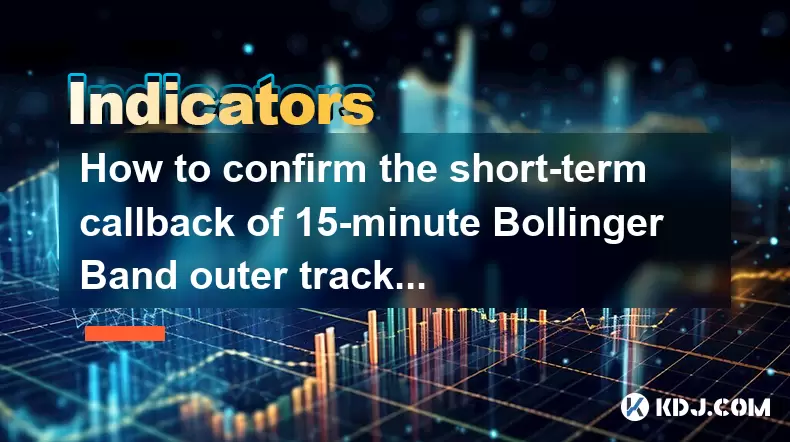
How to confirm the short-term callback of 15-minute Bollinger Band outer track return + 5-minute KDJ dead cross?
Jul 24,2025 at 03:35am
Understanding the Bollinger Bands and KDJ Indicator CombinationThe Bollinger Bands and KDJ indicators are two widely used tools in technical analysis ...
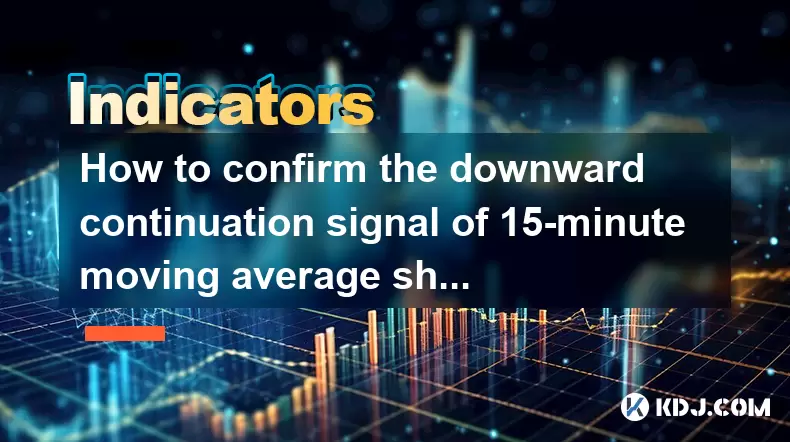
How to confirm the downward continuation signal of 15-minute moving average short arrangement + 5-minute negative line with large volume?
Jul 24,2025 at 04:07am
Understanding the 15-Minute Moving Average Short ArrangementIn cryptocurrency trading, identifying trend continuation signals is crucial for timing en...

The monthly CCI crosses 100 and the start time of the daily line with a large volume positive line
Jul 24,2025 at 03:56am
Understanding the Monthly CCI Indicator and Its Significance at 100The Commodity Channel Index (CCI) is a momentum-based oscillator used to identify o...

How to judge the band buying point of 30-minute MACD underwater secondary golden cross + 1-hour Yang line reverse?
Jul 24,2025 at 03:22am
Understanding the 30-Minute MACD Underwater Secondary Golden CrossThe 30-minute MACD underwater secondary golden cross is a technical signal used by t...

How to capture the short-term buying point of 10-minute EMA golden cross + 1-minute VOL double volume?
Jul 24,2025 at 03:28am
Understanding the Basics of Staking in CryptocurrencyStaking is a fundamental process in many blockchain networks that operate under the Proof-of-Stak...

How to confirm the mid-term opportunity of daily SAR turning red + 4-hour MACD water double golden cross?
Jul 24,2025 at 02:56am
Understanding the SAR Indicator and Its Signal When Turning RedThe Parabolic SAR (Stop and Reverse) is a technical analysis tool used to identify pote...

How to confirm the short-term callback of 15-minute Bollinger Band outer track return + 5-minute KDJ dead cross?
Jul 24,2025 at 03:35am
Understanding the Bollinger Bands and KDJ Indicator CombinationThe Bollinger Bands and KDJ indicators are two widely used tools in technical analysis ...

How to confirm the downward continuation signal of 15-minute moving average short arrangement + 5-minute negative line with large volume?
Jul 24,2025 at 04:07am
Understanding the 15-Minute Moving Average Short ArrangementIn cryptocurrency trading, identifying trend continuation signals is crucial for timing en...
See all articles

























































































